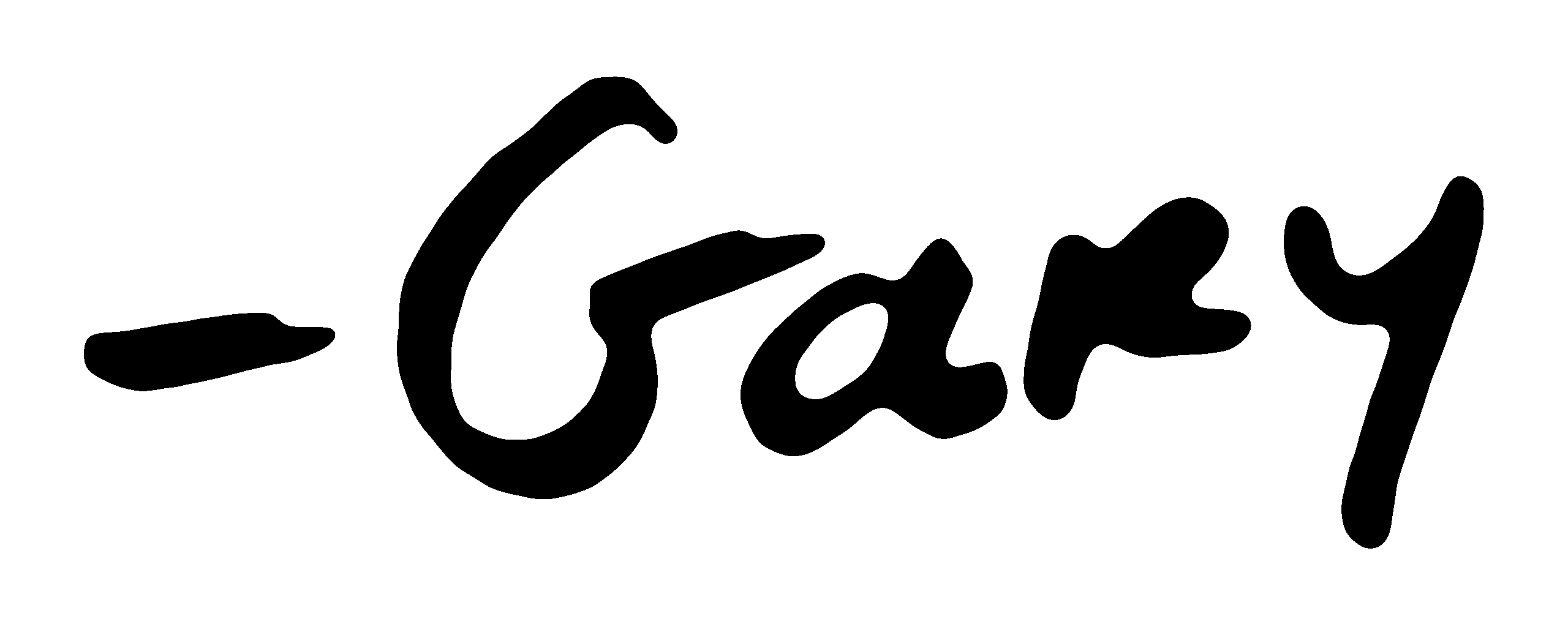He dedicado gran parte de mi carrera a trabajar con hombres y comunidades en Estados Unidos y en países afectados por la guerra y la violencia armada. Con los años, comprendí cómo los grupos armados podían ejercer una poderosa influencia sobre jóvenes que buscaban pertenencia, identidad y propósito, a menudo en lugares donde las oportunidades parecían inalcanzables. La violencia que presencié en estos contextos nunca fue común, pero sí comprensible. Es trágica y devastadora para las familias y las comunidades, pero sigue una lógica arraigada en la profunda desigualdad, la exclusión y la ausencia de alternativas reales.
Lo que a menudo me ha llamado la atención trabajando en lugares con alta violencia, ya sea en zonas de conflicto o en zonas urbanas de bajos ingresos, es por qué no hay aún más violencia. En otras palabras, siempre me ha sorprendido la no violencia. En cualquiera de estos entornos, la gran mayoría de los jóvenes no se unen a grupos armados y la gran mayoría encuentra maneras de salir adelante. Encuentran conexiones en la escuela, en grupos religiosos, en redes sociales y con sus familias. En resumen, las fuerzas de la no violencia, aunque a menudo no pueden igualar el poder de los ejércitos, la pobreza y los gobiernos débiles, son, sin embargo, fuertes.
Si bien la violencia es a menudo un contagio que se transmite a medida que las víctimas se convierten en perpetradores y las instituciones sociales debilitadas no pueden mantener la paz, la no violencia también es contagiosa.
A partir de la última semana de septiembre, Estados Unidos vio su 324el Tiroteo masivo este año. Detengámonos un momento y analicemos... 324. Esto es indignante, trágico y nos convierte en líderes mundiales en tiroteos masivos. Pero si analizamos las causas de esta violencia, quizás sea aún más asombroso que no haya habido más y que el país no haya estallado en una violencia generalizada.
La Administración ha prometido venganza contra lo que percibe como un complot organizado de la izquierda en su contra. Una destacada plataforma conservadora en línea, el Daily Caller, ha pedido explícitamente...sangre en las calles." Nuestro datos de la encuesta nacional Se ha descubierto que más del 30 % de los hombres en Estados Unidos apoyan los objetivos de las milicias, la mayoría de las cuales destruirían nuestra democracia, y el 7 % de los hombres afirma pertenecer a dichos grupos. Nuestros datos también revelan que aproximadamente un tercio de los hombres y casi la misma cantidad de mujeres en Estados Unidos afirman poseer armas de fuego, y que casi un tercio de los hombres que poseen un arma de fuego poseen rifles AR-15 u otras armas automáticas, las más utilizadas para asesinatos masivos. Es totalmente irresponsable que una plataforma importante, de cualquier tipo, llame a derramar sangre en las calles, dado lo armados y preparados que estamos.
Pero este es el punto principal: no hemos caído en la violencia masiva. Con tantos jóvenes enfrentándose al aislamiento social, poseyendo armas, pasando tiempo en espacios en línea donde se propaga la ira y la violencia, y enfrentando una infancia llena de peligro y riesgo, no hemos caído en el caos y la violencia masiva que muchos creerían que somos capaces de provocar.
Espero que estas palabras no me atormenten. Y cada masacre es trágica. Pero La mayoría de los días, me sorprende más que en Estados Unidos no se produzca una violencia masiva más amplia que otro tiroteo masivo.
Esto no debería en modo alguno hacernos complacientes ni reducir nuestra indignación ante cada suceso de este tipo. No hay consuelo en pensar Bueno, podría ser peorPero podría ayudarnos a pensar en qué hacer ante nuestra grave situación. Aferrarnos a lo que nos une en lugar de simplemente entrar en pánico por lo que nos divide. ¿Qué son esas cosas?
Escuelas que funcionan, algo por lo que todos pagamos impuestos. Los espacios donde nos reunimos, religiosos y sociales. Moderar la retórica en línea. Políticos que incitan al daño y no fomentan el odio. Y mucho más.
Este es el desafío: la extrema derecha busca este miedo. A menudo buscan excusas para buscar "sangre en las calles". La violencia es contagiosa. Los asesinatos masivos generan la próxima generación de asesinatos masivos. Pero la no violencia, la paz y el cuidado también son contagiosos. ¡Qué vergüenza para quienes fomentan más violencia! Necesitamos muchos más ejemplos de políticos, padres, voces de los medios y plataformas en línea con la valentía de defender la paz; que reconozcan que, por muy divididos que estemos, la no violencia debe, y a menudo lo hace, triunfar. Y debe definir el futuro que elijamos juntos.

